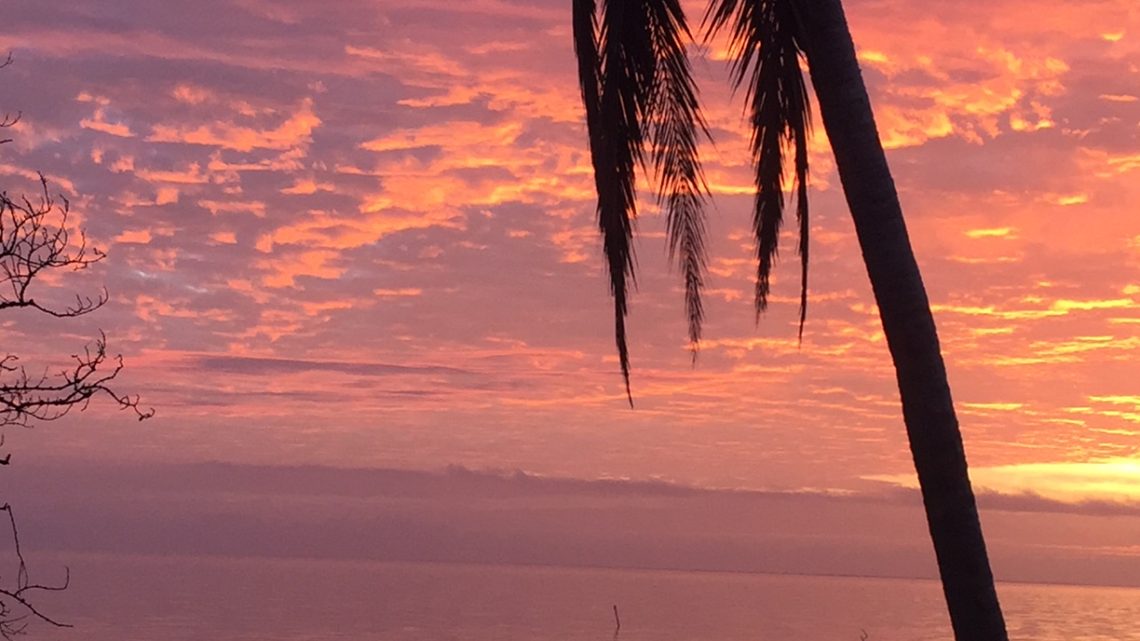Resiliency and Recovery: Florida Keys National Wildlife Refuges Overcome Irma to Offer Outdoor Fest
Despite the category 4 hurricane that blasted through the Florida Keys last September with a direct wallop to the Lower Keys, nature’s resiliency blooms true. US Fish and Wildlife Service’s Florida Keys National Wildlife Refuges Complex and their Friends group Florida Keys Wildlife Society invites everyone to celebrate this great comeback on Saturday, March 10th through Saturday, March 17th, with the third annual Outdoor Fest, featuring a week of family-friendly, mostly free outdoor adventures and hands-on activities.
Initial observations after the storm suggested catastrophic impacts to refuge habitats and wildlife in National Key Deer Wildlife Refuge and Great White Heron NWR, where the storm’s eye crossed. Key West NWR and Key Largo’s Crocodile Lake NWR were also impacted, but with less damage. In all the refuges and across the Keys, trees took a beating, some ripped from their roots or bent in half.
“Many people were wondering if there would be any recovery possible for the natural ecosystem, and many feared the worst,” says Refuge Ranger and Outreach Coordinator Kristie Killam. “Almost immediately though, there were signs of hope. Key deer were spotted crossing the highway on Big Pine Key. Some trees and shrubs, like blackbead and buttonwood, sent out leaves within days, and others would follow shortly thereafter.”
The four refuges, which combined are a little over half the size of Rhode Island at approximately 417,550 acres, are home to more than 30 of the world’s most endangered or threatened habitats, plants, and wildlife species. Aerial surveys over of the backcountry mangrove islands in Great White Heron NWR— critical nesting, feeding, and resting areas for hundreds of species of birds and sea turtles—indicate evidence of nesting great white herons. In Key West NWR, researchers observed all stages of the endangered Miami Blue butterfly. In Crocodile Lake NWR, tree and limb fall created more complexity in the habitat and made additional areas for Key Largo Wood rat nesting. In Key Deer NWR—the storm’s ground zero—the deer population fared well, Box turtles and Lower Keys mud turtles were spotted crossing roads, a few endangered Lower Keys marsh rabbits were spotted in their usual hangouts, and resident birds— cardinals, mourning doves, mockingbirds, and reddish egrets –were also observed.
“Plants and wildlife that are adapted to living on islands with hurricanes have ways to survive,” says Killam. “With each passing day, the diverse habitats of this refuge, including pine rockland, hardwood hammocks, freshwater wetlands and mangroves, seem to get greener and greener with lush re-growth of vegetation.”
Killam, her colleagues, and The Refuges’ Friends group Florida Keys National Wildlife Society encourage people to get outside and witness this amazing resiliency during the March 10th – March 17th Outdoor Fest. The week-long outdoor extravaganza spans the four refuges and features expert-guided birding, nature walks, kayaking; evening wildlife programs; nature sketching, nature photography workshops and a photo contest; two family-fun wildlife fairs; a sneak-peek opening of the National Key Deer Refuge Nature Center and the 4th Annual Run with Deer 5K in Big Pine Key.
Says Killam, “Although only time will tell what the long-term impact of this hurricane will hold, one thing is clear: Mother Nature is amazing and resilient in her ability to overcome these natural challenges.”
Learn more about the refuges and the wildlife-friendly ways we can explore them— visit floridakeyswildlifesociety.org and register for one of the many Outdoor Fest events. For more information contact Refuge Ranger Kristie Killam at 305.304.9625, or email Nancy or Jan at [email protected]. Brought to you in part by the Monroe County Tourist Development Council.
[livemarket market_name="KONK Life LiveMarket" limit=3 category=“” show_signup=0 show_more=0]

No Comment